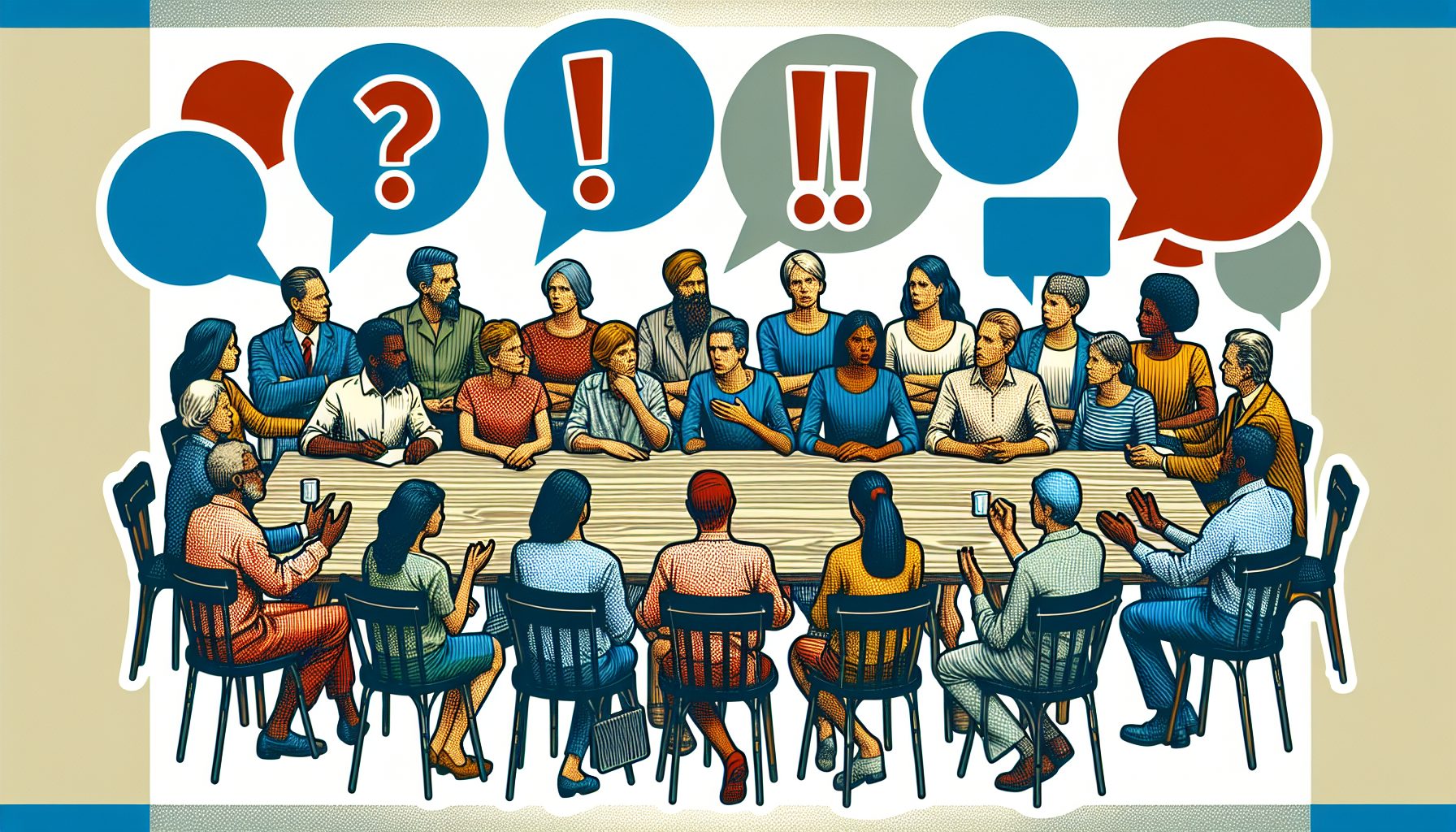The Obstacle
Armed services are trained to hunt down and destroy enemies. Humanitarian organizations concentrate on sustaining life, by delivering food, medicine and shelter to needy parties.
The missions may seem antithetical. But overcoming differences between organizations with different agendas and cultural backgrounds is critical if goals are to be reached in grand collaborations, like a combined civil and military response to the destruction wrought by December’s tsunami across the Indian Ocean.
Finding ways to foster such collaboration was one of the main goals of the Strong Angel project, which has been devoted to finding technology that improves communications between military and humanitarian organizations.
Here’s what it has learned, thus far, about how to get different organizations working together-whether the goal is starting a joint venture, completing a merger or combating a natural disaster.
The Response
Get the parties together. Set up planning meetings, technology training sessions, and practice exercises in neutral settings. Allow people to get to know each other before a disaster or deadline hits. In late 2002 and early 2003, when U.S. Navy Cmdr. Eric Rasmussen, Strong Angel’s organizer, was helping plan the humanitarian mission that would follow the Iraq invasion, he was forbidden from talking to his peers at the United Nations because of the U.N.’s opposition to the war. But when the U.S. went into Iraq, the military found it had to work with U.N. officials on the ground.
Rasmussen knew many of the U.N. workers in Iraq from a Strong Angel exercise held three years earlier and was able to immediately start coordination efforts.
“If we had not had an awful lot of face time and trust and competence verification when we walked into the room together,” Rasmussen says, “it would have been quite a while” before they could have worked well together.
Define common interest. International humanitarian agencies may not approve of U.S. military actions such as the Iraq invasion, but they do share the military’s interest in promoting stability and security. Meanwhile, the military needs the help of the international community when addressing basic issues of health and welfare as part of any reconstruction effort. In Iraq, the two sides were able to work together by concentrating on the middle ground -providing stability, security, health and welfare.
Find technologies to bridge communications and cultural gaps. Collaboration software, such as Groove Networks’ Virtual Office, helps executives, managers and staff from different organizations work together on documents and tasks in secure, private groups. No special equipment is required to tie into a network. Workers simply use their everyday desktop and portable computers to hook up, through the Internet, to an online workspace that isn’t controlled by any single party.
Select credible project leaders. Particularly those who have credibility with other organizations. When working with international relief agencies, Rasmussen, a medical doctor, stressed his credentials not as a commander in the U.S. Navy but as a physician who had spent time in Bosnia, Iraq and now Indonesia trying to ease the suffering of victims of man-made and natural disasters. This allowed aid workers to relate to him as one of them, a humanitarian.








